The following example determines the effective lengths for a double-story frame. These coefficients will be compared to the manual calculation. To do this, an example from technical literature will be used.
In this example, the structure consists of a frame structure where all beams should consist of one HEB 300 and all columns of one HEB 200 for simplification.
To determine the effective lengths, we use the effective length table from the German book Statik und Stabilität der Baukonstruktion [1]. The input parameters for using this table are determined below.
For equally high loading of both columns, the table shows a β' of 1.1. We now have to convert this value to the individual columns by means of weighting factors.
If you now calculate this structure with RF-STABILITY or RSBUCK, you also get the effective length factors in the module for the individual columns in the first mode shape.



























Dlubal_KohlA.png?mw=350&hash=6f6b192b31c8bbcb1c62aa6cf9fbfb1d9f859880)





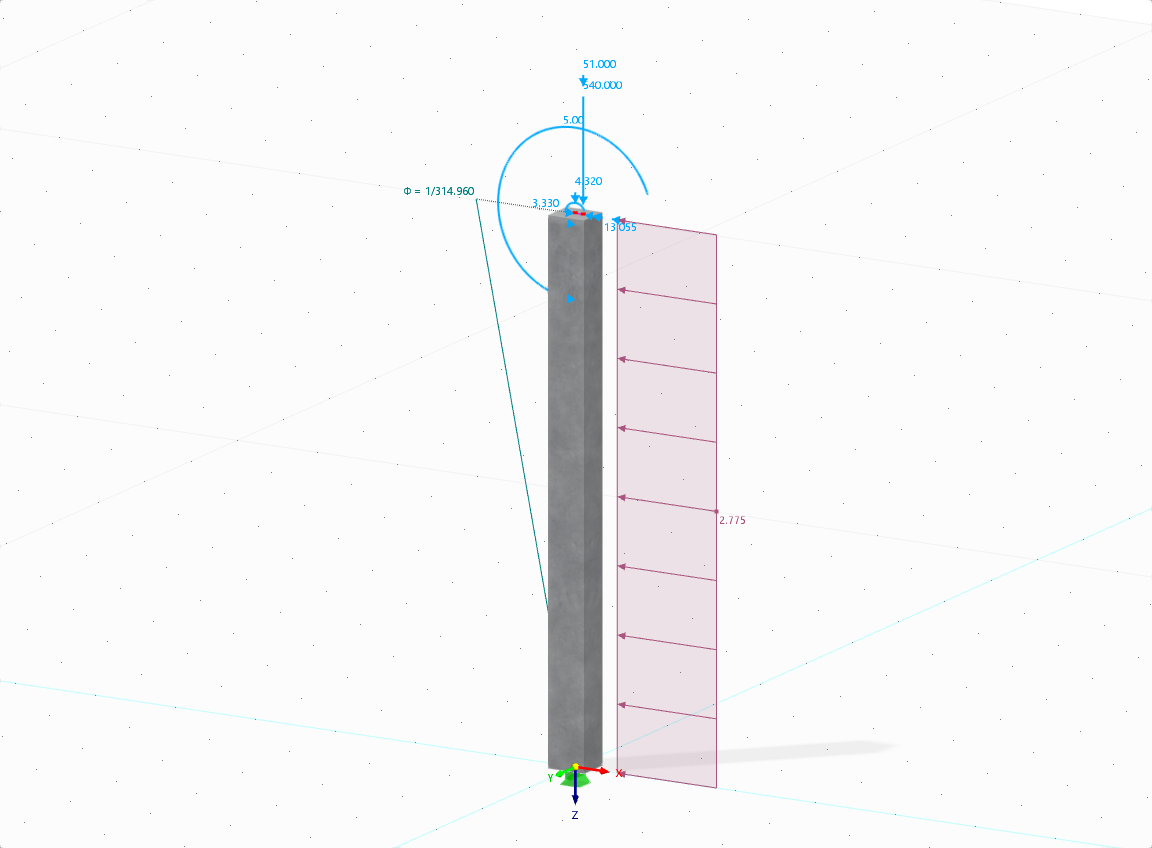

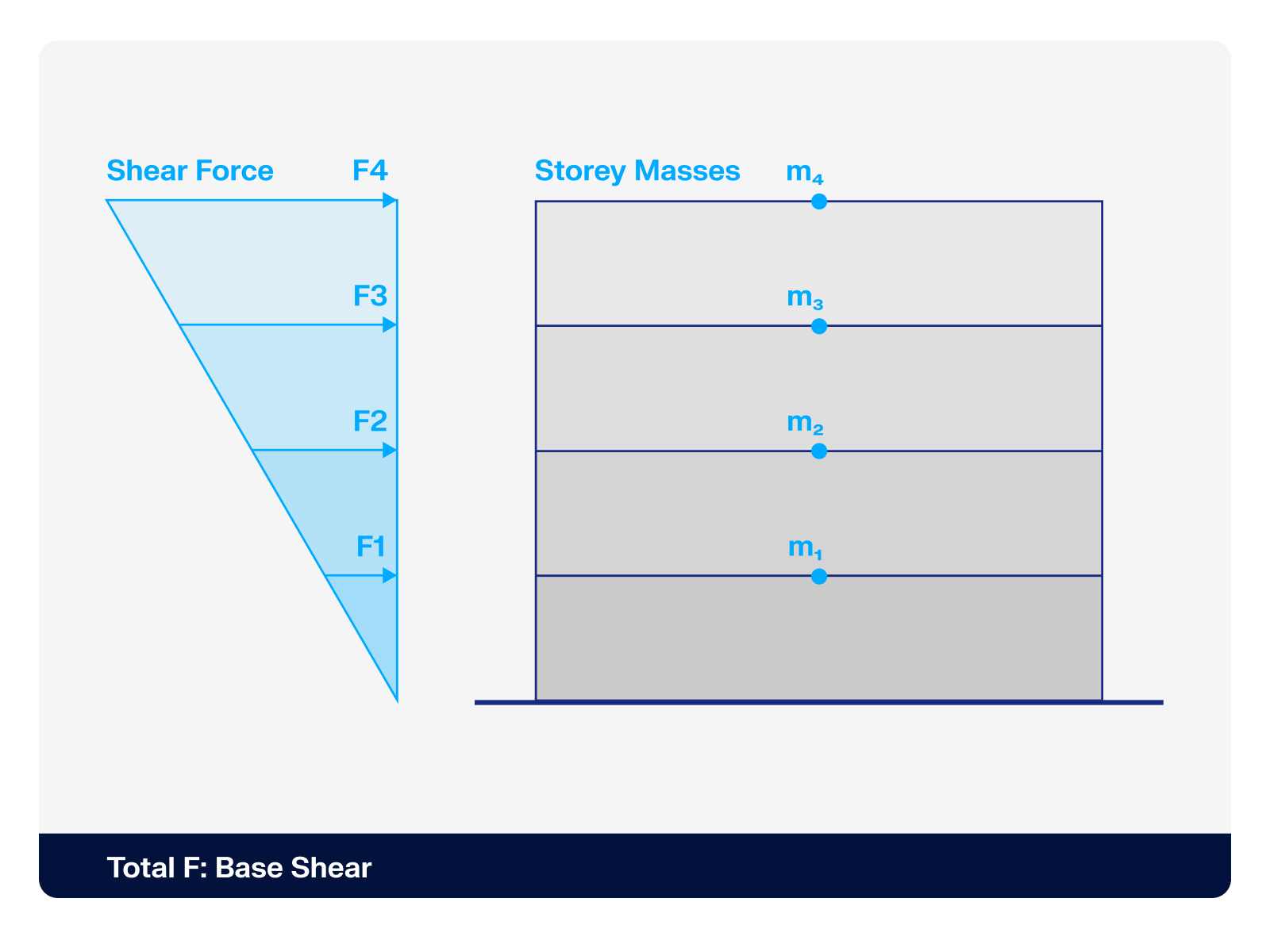.png?mw=512&hash=4a84cbc5b1eacf1afb4217e8e43c5cb50ed8d827)
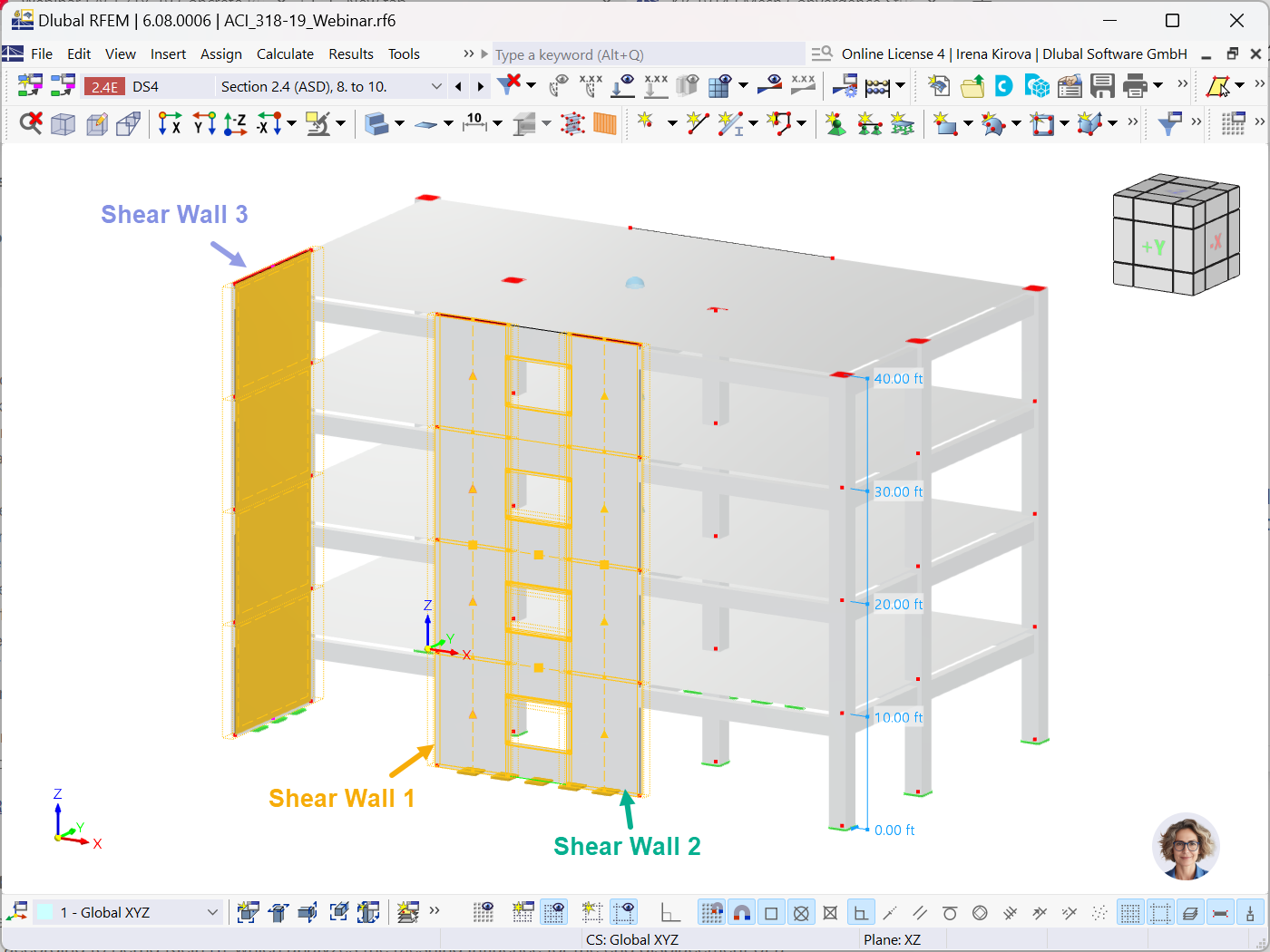










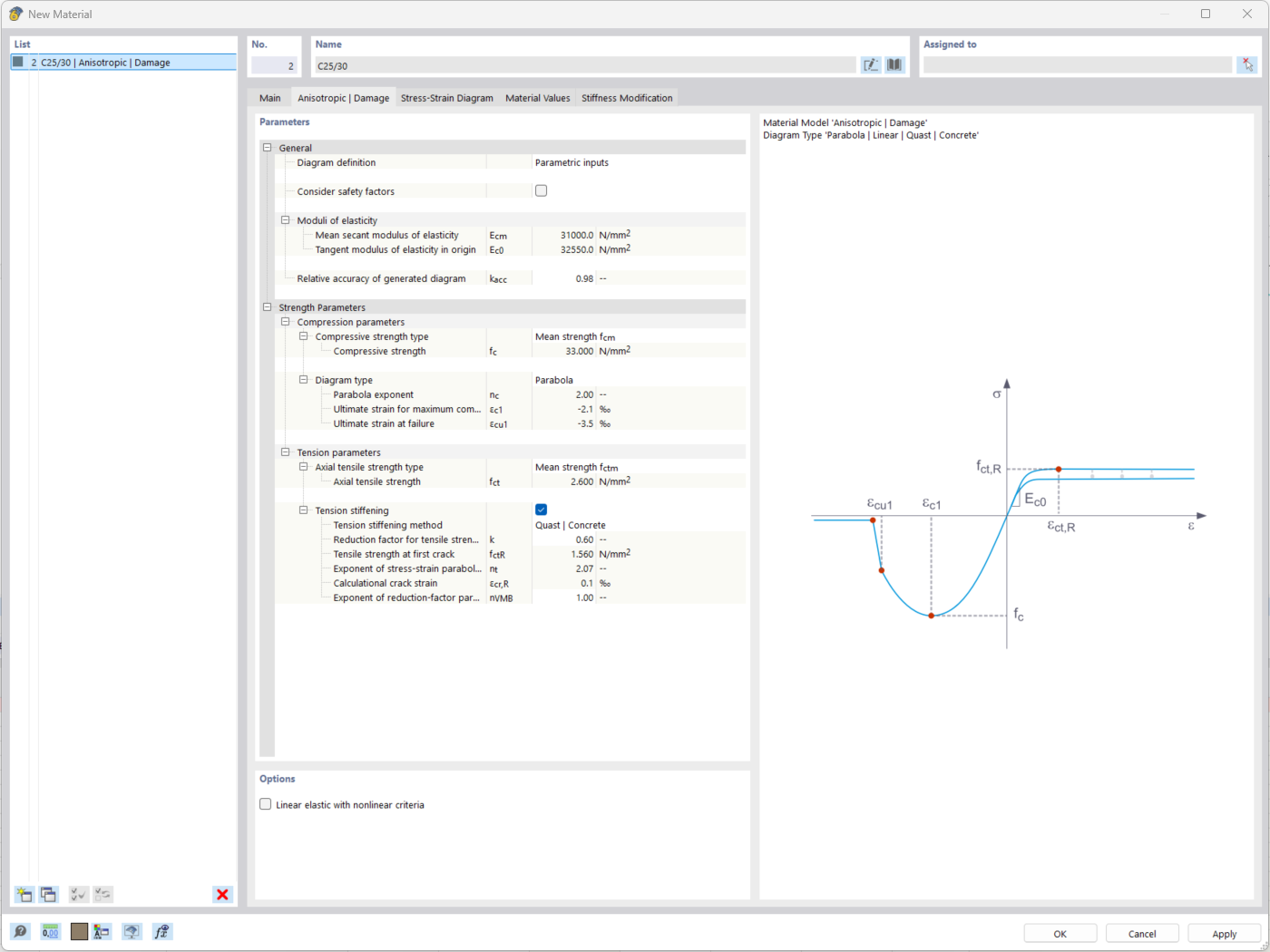
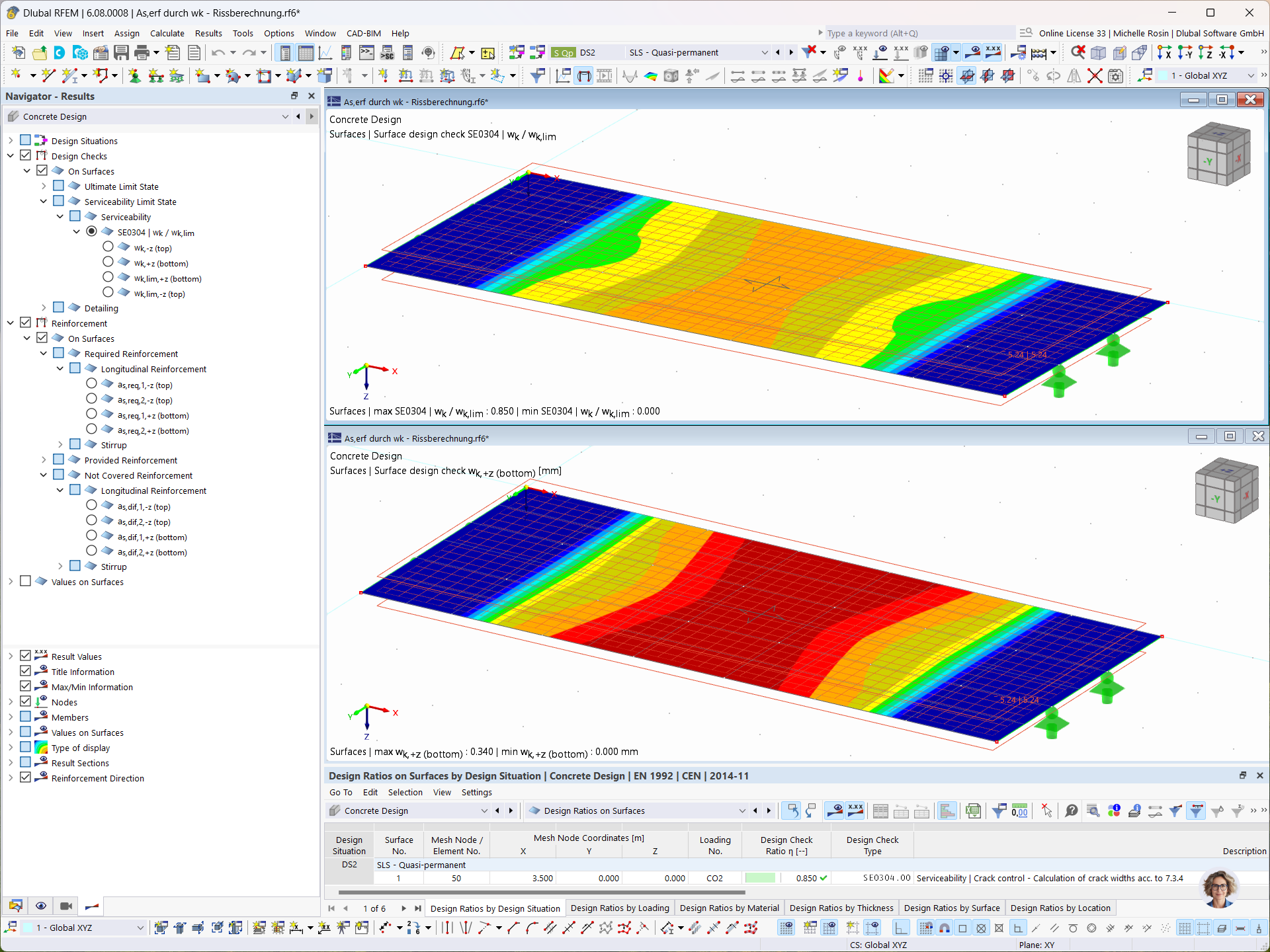


_1.jpg?mw=350&hash=ab2086621f4e50c8c8fb8f3c211a22bc246e0552)



-querkraft-hertha-hurnaus.jpg?mw=350&hash=3306957537863c7a7dc17160e2ced5806b35a7fb)



















